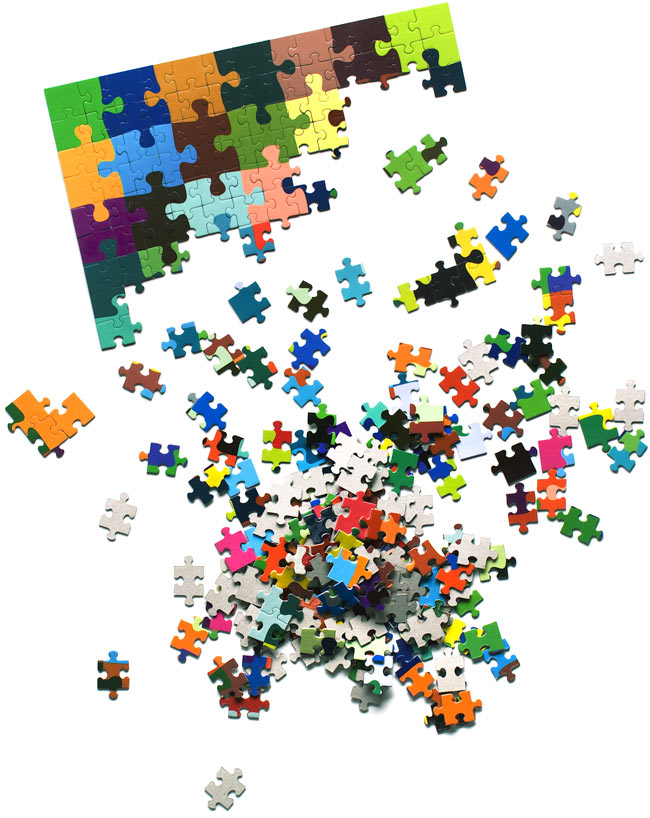Instruction
1
If you never were engaged in piecing together the puzzle, the process of careful bonding, in which the design does not disintegrate into its individual parts, it may seem challenging to you. However, there are ways to efficiently glue a puzzle, and they are easy to master.
2
Most difficulties from the owners of the puzzle arises when there is a need to turn the product face down. For future you could easily flip the puzzle start to gather it from the start on a portable and lightweight surface – on a sheet of plywood or a hard cardboard.
3
After the puzzle is ready, cover it with the same sheet of dense material, and then hold the puzzle between two sheets and flip it facedown. Use as the basis for the puzzle hard and solid surface that when you flip the puzzle is not shifted.
4
This method is suitable for puzzles whose size does not exceed the standard. If you have collected a very large puzzle that will not fit anywhere but on the floor you can glue it, not turning on the wrong side.
5
Thoroughly clean the dust from the surface of the puzzle before gluing. Under the puzzle put plexiglass or hard plastic sheeting. Take an ordinary stationery glue PVA-M for bonding paper, wood, cardboard, glass and other materials. Prepare materials to glue a soft sponge or flat brush of natural bristle.
6
Apply to the surface of the puzzle with a thick layer of PVA glue, and then make sure that the glue has filled all the gaps between the parts. After the even layer of glue will be deposited on the entire surface of the puzzle, wait until the surface is dry.
7
After a couple of hours the glue will become transparent and forms on the surface of the puzzle the transparent film. For convenience, you can also glue the surface of the puzzle by wide Scotch transparent tape.
